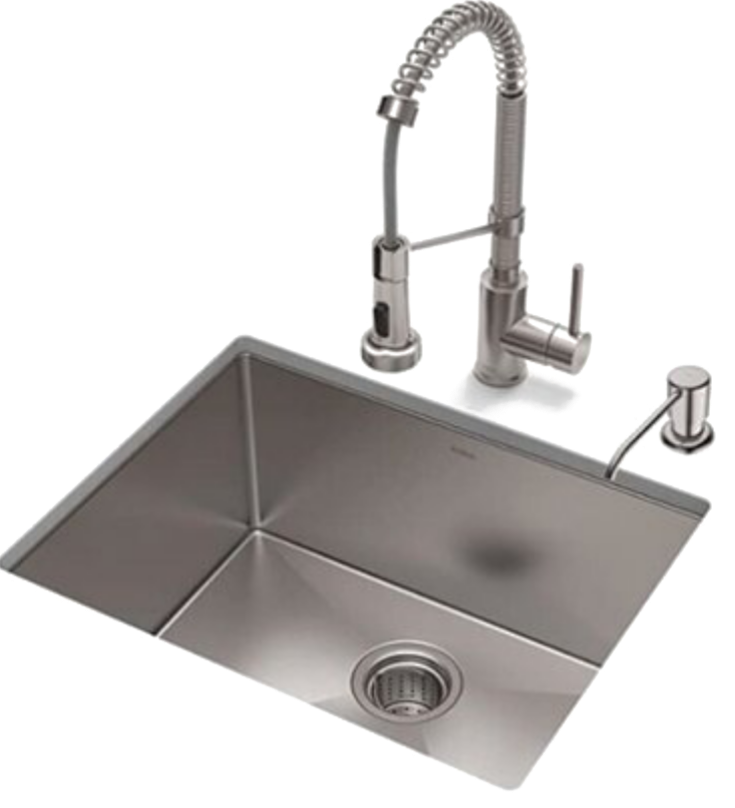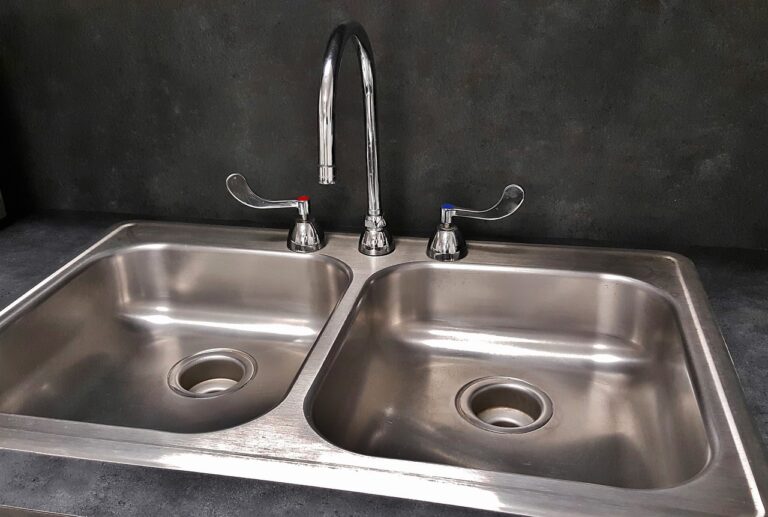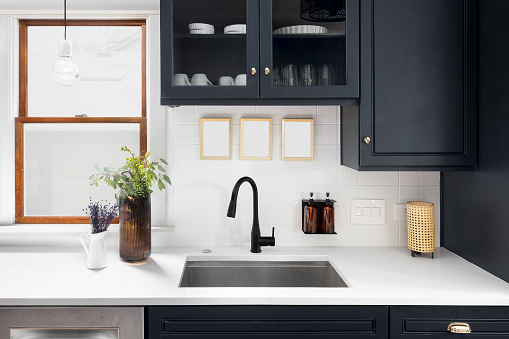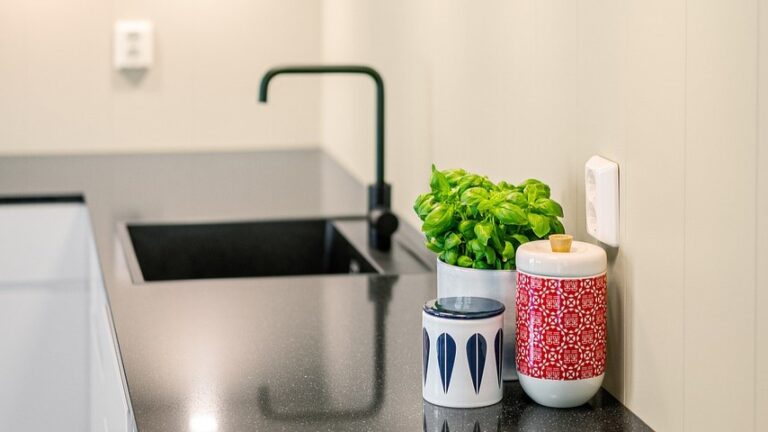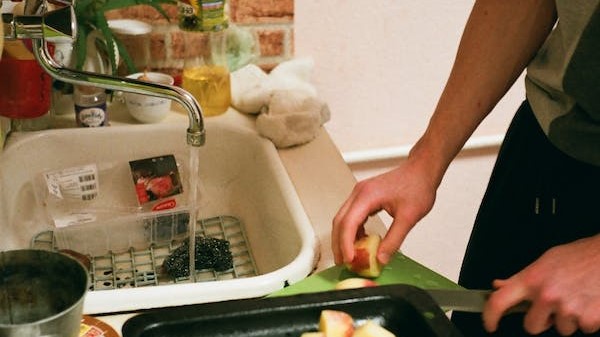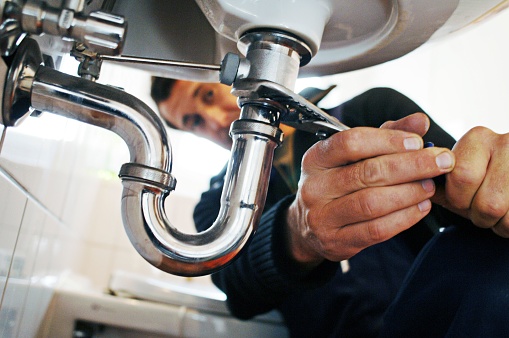A malfunctioning kitchen sink sprayer can be frustrating. If you’re dealing with leaks or low pressure, this guide offers simple steps to replace it, restoring both functionality and style.

Signs to Replace Your Sprayer
- Frequent leaks
- Inconsistent water pressure
- Reduced spray functionality
- Outdated design
- Cumbersome tasks
Recognizing these signs early ensures a more functional and visually appealing kitchen.
Tools and Materials
- Adjustable wrench
- Screwdriver
- Plumber’s tape
- New sprayer
Gathering these tools ensures a smooth replacement process.
Step-by-Step Guide
1. Preparation
Turn off the water supply to avoid leaks. Gather tools like an adjustable wrench, screwdriver, and plumber’s tape, ensuring you have everything ready for a smooth installation.
2. Removing the Old Sprayer
Use the wrench to disconnect the hose from the water supply. Lubricate stubborn fittings, then carefully remove the sprayer from its mount, avoiding damage to surrounding fixtures.
3. Installing the New Sprayer
Attach the new hose tightly to the water supply. Use plumber’s tape on the threads to prevent leaks, and securely fasten the new sprayer to its mount.
4. Testing the New Sprayer
Turn the water back on and test the sprayer for leaks. Ensure strong, even water flow. If all works well, your kitchen sink sprayer is successfully replaced.
Final Thought
Replacing your kitchen sink sprayer is a simple DIY project that can significantly improve your kitchen’s functionality. With the right tools and guidance, you can achieve a professional result effortlessly.
